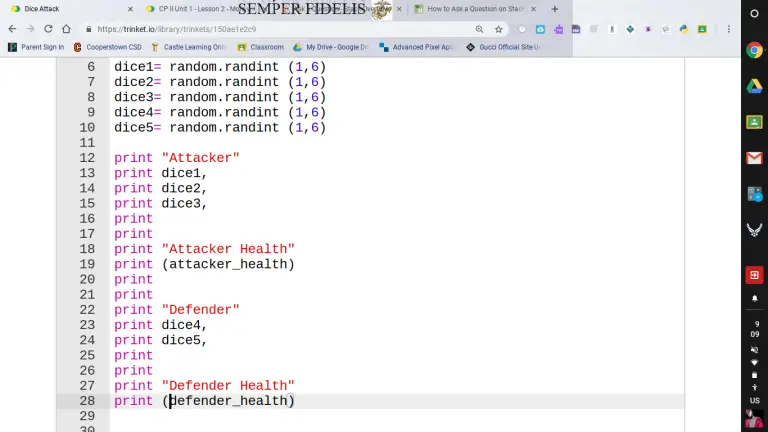Similar Posts
Python Descargar
descargar the latest version of Python Looking for Python that runs on a different operating system? Python for Windows, Linux/UNIX, macOS, and Other Do you want to participate in the testing of Python development versions? Prereleases, Docker images python programming language descargar the latest Python Releases Python version Maintenance status First released End of support Release schedule 3.11 bugfix 2022-10-24…

Building a Doublylinkedlist in Python – – Append Method
Building a Doubly Linked List in Python – Append Method In this article, we will explore how to build a doubly linked list in Python and focus on the append method. A doubly linked list is a data structure that consists of a sequence of nodes, where each node contains both the data and a…
Python Introduction
What is Python? It’s no secret that Python is widely used in the computer science world. Guido van Rossum made it, and it came out in 1991. Functions include: Server-side web development software engineering, mathematics, and system scripting. What can Python do? Web applications written in Python may be hosted on a server. Python may…

How to Connect to Postgresql Through Jump Server And Ssh Tunnel Using Python?
How to Connect to PostgreSQL Through Jump Server and SSH Tunnel Using Python? In the world of programming, it is common to encounter situations where you need to connect to a remote PostgreSQL database through a jump server and SSH tunnel. This scenario often arises in enterprise-level applications or when dealing with secure environments. In…
how to print a list in python
how to print a list in python To print a list in Python, you can simply use the print() function and pass the list as an argument. Here’s an example: my_list = [1, 2, 3, 4, 5] print(my_list) This will output: [1, 2, 3, 4, 5] If you want to print each item of the…

What Does \T Do in Python?
What Does \T Do in Python? Python is a powerful and versatile programming language known for its simplicity and readability. It offers a wide range of built-in features and functions that allow developers to achieve various tasks easily. One such feature is the backslash T (\t) character escape sequence in Python. Understanding the \T Escape…
